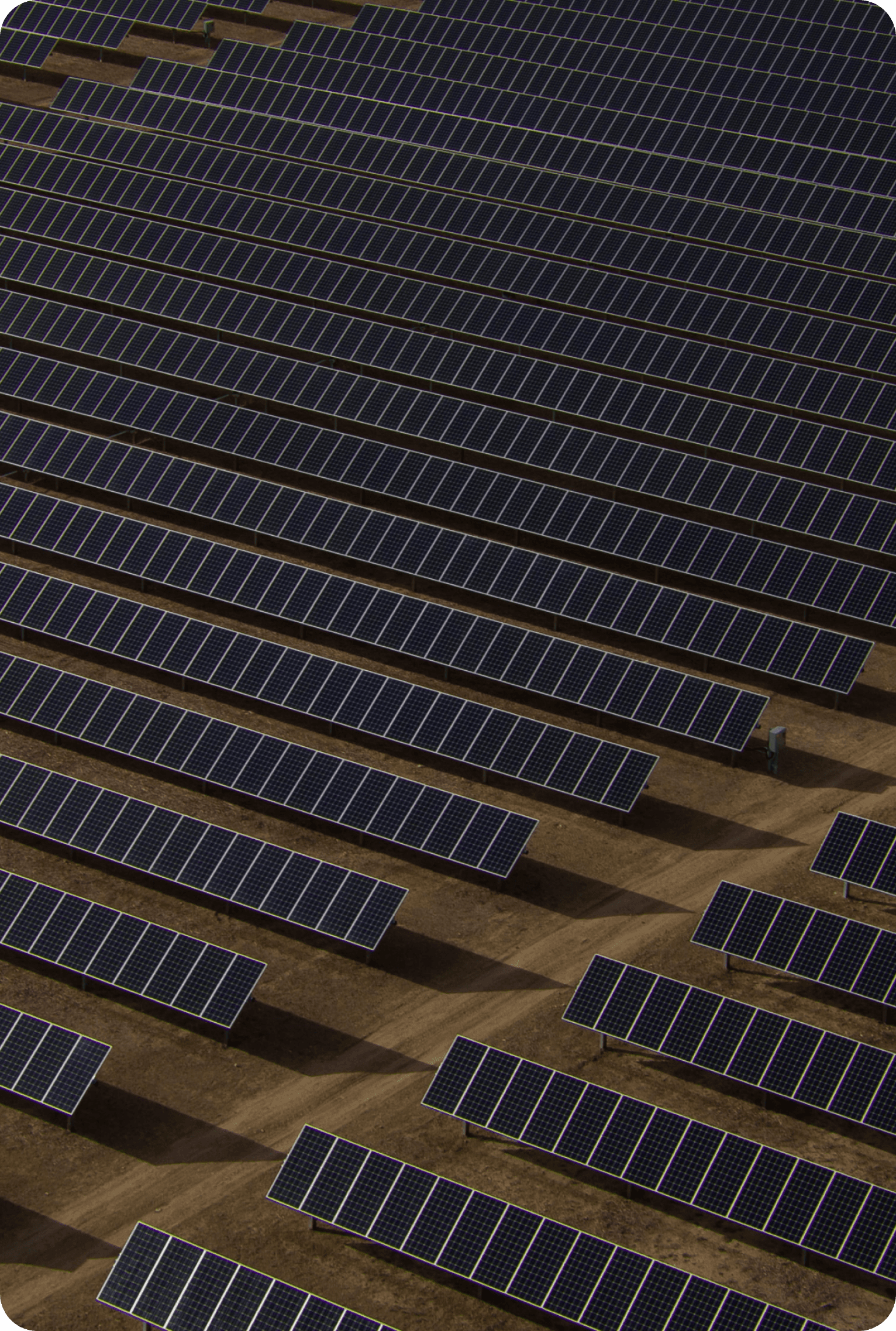
Browse other blogs
Building the Digital Twin Before the First Pile: A Smarter Way to Commission and Handover
Most solar projects start tracking data too late. By the time commissioning begins, the teams are scrambling to pull together inspection reports, QC logs, drawings, and test data — often scattered across drives, folders, and emails.
Our approach is different. At SenseHawk, the Digital Twin doesn’t wait until COD — it’s built right from the start of construction.
Step 1: Creating the Foundation — The Digital Twin
The process begins by establishing a System Model and Maps within Taskmapper.
The System Model represents the plant’s entire electrical and mechanical hierarchy — from modules and strings all the way up to inverters and substations.
The Maps module overlays this digital structure on the actual site layout, integrating CAD drawings, survey data, and construction zones.
Taskmapper's Map + System Model creates a complete digital twin of your solar site
Every asset — from a pile to a transformer — lives in this digital environment. As construction progresses, all issues, QC inspections, NCRs, and approvals are linked directly to the components they affect. This creates a single, traceable record for every element of the site.
Step 2: Commissioning on the Digital Twin
By the time the project reaches commissioning, the Digital Twin already contains the entire construction history. Instead of spreadsheets and hand-marked reports, commissioning now happens on the Twin itself.
Each commissioning activity is represented as a workflow — think of it as a digital checklist tied to the actual assets:
Mechanical completion checks for mounting structures, bolts, and torque verification.
Electrical testing covers insulation resistance, continuity, polarity, and grounding.
IV curve and performance tests validate electrical characteristics and system output.
Thermal scans detect any anomalies before energization.
Safety and pre-energization inspections ensure the site is ready for operation.
All of these are captured in digital forms with photos, meter readings, signatures, and approvals. The results are automatically attached to the corresponding components in the System Model — down to the string or module level.
Step 3: Seamless Handover to Asset Management
When commissioning is complete, the Digital Twin already is the handover package. Every document, test result, photo, and approval is versioned, organized, and traceable to a specific location and component.
Instead of creating a new “handover binder,” the EPC simply grants access to the live digital twin — giving the Asset Management and O&M teams a complete view of the project’s as-built condition and inspection history.
No lost records. No manual packaging. No data gaps between construction and operations.
Why This Matters
The Digital Twin is not just a repository — it’s the continuity between build and operate. It allows owners and operators to:
Trace every commissioning test to the exact asset.
Manage warranty and performance issues with full historical context.
Start O&M with accurate, verified data from day one.
By digitizing commissioning and handover, project teams move from a reactive process to a proactive one — building not just a solar plant, but a living digital record that evolves with it. To find out how digital twins can make your commissioning process seamless, book a demo with us today.





